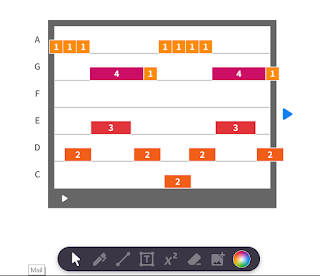We have spent the better part of a year looking at new curriculum resources that will best support our students to become the best mathematicians they can be.
A few takeaways that have been identified or reinforced after looking at a variety:
Each curriculum says it is aligned with the CCSS and math teaching practices.
Each curriculum resource has good and bad pieces to it.
If people just rely on the text in the teacher's manual to deliver instruction, they will not consistently be giving students what is best.
Books are a RESOURCE. The standards and math teaching practices are what is best, and the book is just a sequence and guide. Other resources should still be included. (Just because the book doesn't say to pull out a visual or manipulative doesn't mean you shouldn't...most students need these!)
Choosing the resource is not going to mean fabulous or not fabulous instruction. It is what is done with the resource that will make the instruction meaningful to students.
Math discourse does not just mean having students turn and talk more.
Pages of practice problems do not build problem-solvers. They are not a necessary component of a curriculum resource.
3 Act Tasks are still important even though they are not included or referenced in most curriculums.
Students need time to make sense in their own way first. Once they have an idea of where to go, they may change that as they discuss and listen to classmates.
Culture has to be built in a classroom. It begins in August but is reinforced throughout the year and throughout all subjects. Telling students to persevere in September does not mean they will be able to in April. It needs to be part of every day with students.
Math should be an adventure--a combination of puzzles, games, practices, talking, and surprising connections that students make--not test scores.
The person delivering instruction still has to make the necessary shifts in their instruction in order to use a curriculum resource in a way that is fair and equitable to all students.
Have you been through this process? Have you found these to be true, too? Teaching shifts need to occur no matter what curriculum resource teachers use.


















